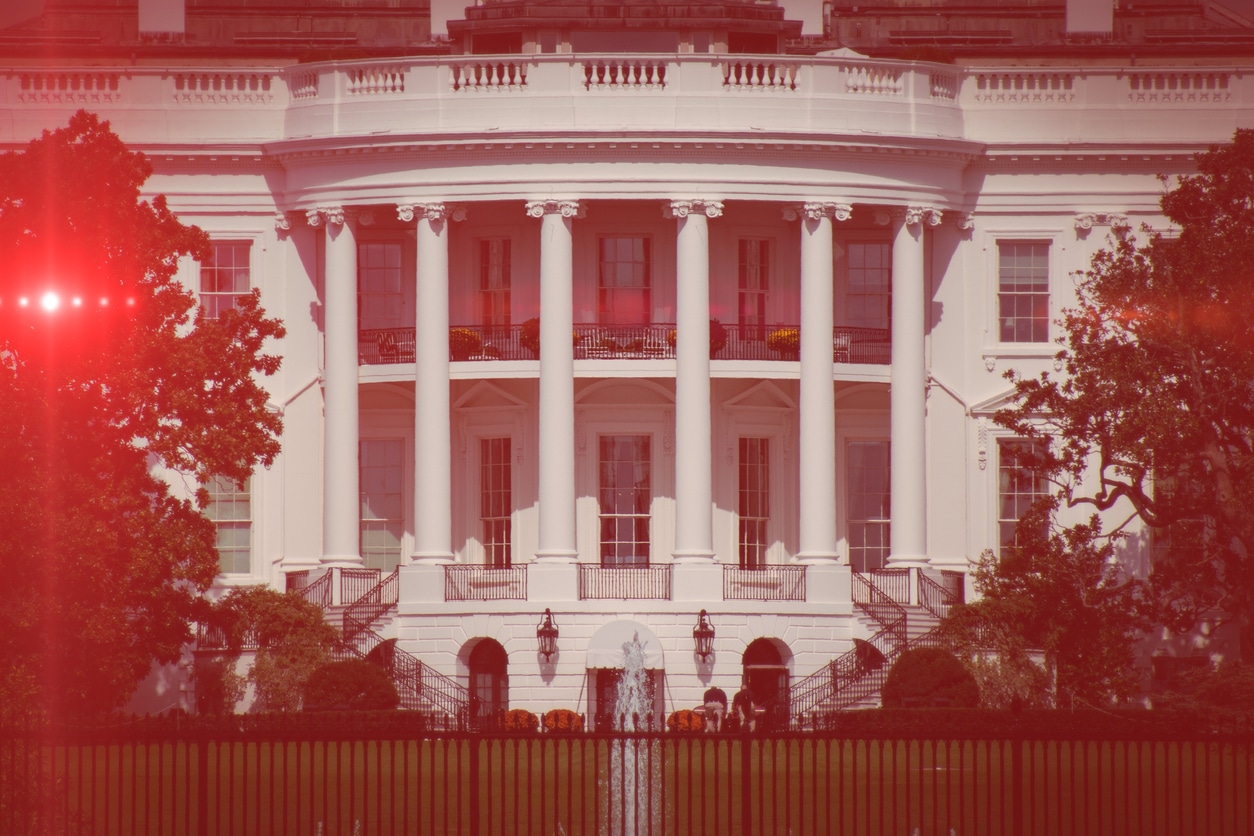When I was a newspaper reporter in New Jersey, one of my beats was Princeton University, and I’m always reminded of what is always referred to as the school’s “unofficial motto”:
“In the Nation’s Service and in the Service of All Nations.”
It’s easy to be cynical when you hear such grand ambition in such a sweeping maxim. But this campaign, through all of its ugliness in the primary season, and throughout the general election cycle, has focused around what it means to be in the “nation’s service.”
John McCain’s service to the country is beyond estimable. His own memoir acknowledges his identifying himself with Robert Jordan, the hero in Hemingway’s For Whom the Bell Tolls. It’s a literary image that fits with McCain’s flyboy image. Even McCain’s time spent as a POW could read like great fiction.
And then there’s Barack Obama’s foray into the nation’s service. A complicated childhood leads to a journey of self-discovery, leading to a professional life in Chicago following the path of Saul Alinsky, thinking globally while acting locally.
Wednesday’s debate between the two presidential candidates — the final of three exhausting meetings — had these remarkable stories on display, personified by these two very interesting, very different men.
The thing is, both McCain and Obama have cited For Whom the Bell Tolls as among their favorite novels, and to be fair, for those who have read it, it’s on most people’s desert island lists as well.
Their service has always been part of their campaigns, but I’m always reminded of Obama’s speech after clinching the Democratic nomination — a speech that set the tone for his entire campaign:
[G]enerations from now, we will be able to look back and tell our children that this was the moment when we began to provide care for the sick, and good jobs for the jobless. This was the moment when the rise of the oceans began to slow, and our planet began to heal. This was the moment when we ended the War and secured our nation and restored our image as the last, best hope on Earth.
McCain’s service is documented, and, if he is not successful in this campaign, will be solidified in the annals of U.S. history as one of the great stories of American statesmen.
Obama’s service is documented, but his story, even if his campaign is not successful, does not yet feel complete, or ready to be packaged in a final volume.
As a reporter, I’ve always paid less attention to the great narrative than I do to the nuts and bolts: the aggregate of the daily minutiae. This is why I find it easy to be cynical by sweeping maxims — some things need to be detail oriented. But I’ve learned, and clearly Princeton’s figured out a thing or two along the way, is that grand goals, inspiring sentiments, can get a nation moving and get regular people in the business of the nation’s service.
Whose narrative will captivate the country? Obama’s? McCain’s? Joe the Plumber’s?
The narrative is a good start, but the candidate’s policy needs to be woven into that narrative. The Obama narrative comprises his policy proposals, but John McCain, despite his increasingly desperate attempts to be seen as the maverick or the change agent, has yet to fuse his service to the nation narrative with the job he’s applying for.
This is how Boston Globe columnist Joan Vennochi phrased it:
[McCain] has talking points. He is against taxes, earmarks, and pork. But he can’t knit what he opposes into a coherent economic philosophy that would inspire voters to get behind him in the final days of this presidential campaign.
He has an inspirational life story. But in this campaign, he never connected his biography to his presidential ambition, and he never told voters how it would shape a McCain administration and make him a better president than his opponent.
I left out the first sentence of Vennochi’s column: “It’s Over.” Because it’s obviously not. However, if this were a novel, it’s easier to imagine “The End” of the political road for McCain than it is for Obama.




Comments